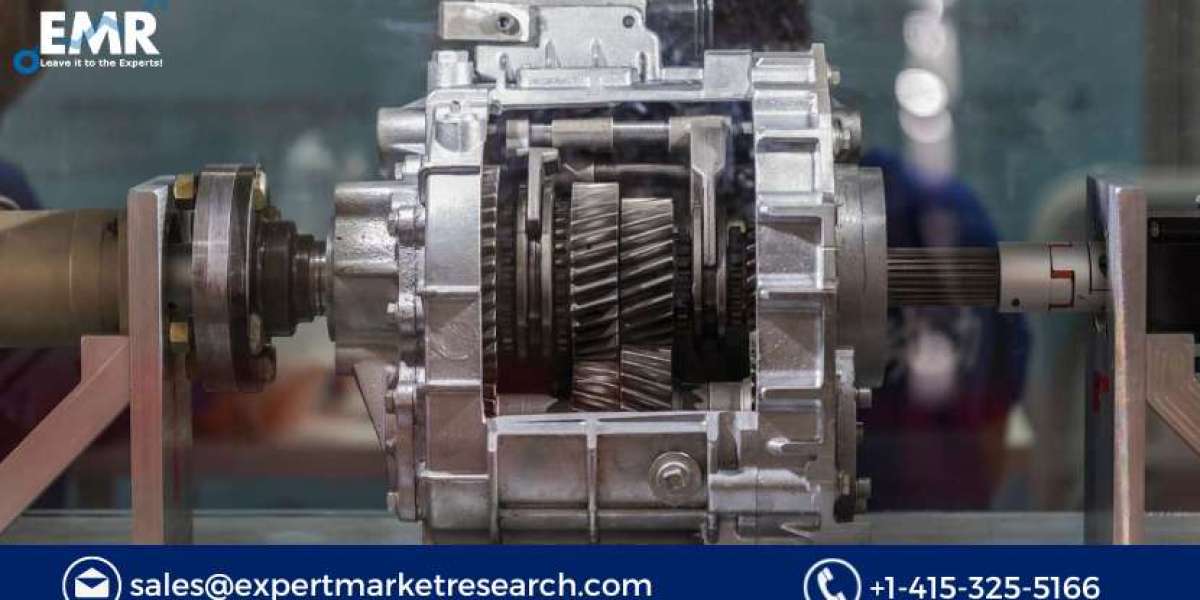A handheld welder machine is a portable welding device designed to provide flexibility and ease of use while maintaining high welding quality. Unlike traditional fixed welding systems, a handheld welder allows operators to move freely and weld in various positions, making it an excellent choice for on-site repairs, maintenance, and industrial applications that require mobility.
Handheld welding machines come in different types, including MIG (Metal Inert Gas), TIG (Tungsten Inert Gas), Stick (Arc Welding), and Laser Welders. Among these, handheld fiber laser welding machines have gained popularity due to their high precision, speed, and minimal heat distortion.
How a Handheld Welder Works
A handheld welder operates by generating intense heat to melt the edges of the metal components, allowing them to fuse together as they cool. Depending on the welding type:
MIG Welders: Use a continuously fed wire electrode and shielding gas to create a strong weld.
TIG Welders: Utilize a non-consumable tungsten electrode with a shielding gas, offering more control and precision.
Stick Welders: Employ a consumable electrode coated with flux to create an arc between the electrode and the metal surface.
Laser Welders: Emit a focused laser beam that melts and joins metals with high precision and minimal heat-affected zones.
Handheld laser welders are particularly efficient due to their ability to provide deep penetration and fast welding speeds while reducing post-weld cleanup.
Advantages of a Handheld Welder Machine
Portability and Flexibility
Handheld welders are compact and lightweight, making them easy to transport and use in different locations. They are ideal for on-site welding projects in construction, automotive repairs, and metal fabrication industries. Operators can easily maneuver the machine to weld hard-to-reach areas or intricate parts.Ease of Use
Modern handheld welders, especially fiber laser welding machines, feature user-friendly controls and ergonomic designs, allowing even less experienced welders to produce high-quality welds with minimal training. These machines often come with touch-screen interfaces, adjustable power settings, and guided welding modes to simplify operation.High Welding Speed and Efficiency
Handheld welding machines, particularly laser welders, offer faster welding speeds compared to traditional methods. The focused heat source enables deep penetration while reducing welding time, making it ideal for mass production and high-speed repairs.Minimal Heat Distortion
One of the key advantages of laser and TIG handheld welders is that they generate a small heat-affected zone (HAZ). This helps prevent warping, discoloration, and material weakening, which are common issues with conventional welding methods. The precise heat application also reduces the need for extensive post-weld grinding and polishing.Strong and Aesthetic Welds
With fine control over the welding process, handheld welders produce smooth, uniform, and strong welds. This is particularly important in industries such as automotive, aerospace, and precision engineering, where high-quality welds are required for safety and durability.Versatility in Material Compatibility
Handheld welders can join a variety of metals, including stainless steel, aluminum, titanium, brass, and copper. This versatility makes them suitable for multiple industries, from metal furniture manufacturing to heavy machinery repairs.Cost-Effective and Low Maintenance
While initial costs may be higher for laser handheld welders, their low maintenance requirements and increased efficiency reduce long-term expenses. Unlike traditional welding machines, laser welders do not require frequent replacement of consumables like electrodes or filler materials.
Applications of Handheld Welder Machines
Automotive Industry: Used for repairing car frames, exhaust systems, and body panels.
Construction & Infrastructure: Suitable for welding steel structures, pipes, and railings.
Aerospace Industry: Provides precise welds for lightweight metal components.
Shipbuilding & Marine Repairs: Allows for quick and durable welds in demanding conditions.
Metal Fabrication: Used in creating doors, furniture, and industrial equipment.
Jewelry & Artisanal Welding: Offers fine welding for intricate designs and delicate materials.
Conclusion
A handheld welder machine is a game-changer in the welding industry, providing unmatched portability, precision, and efficiency. Whether used for industrial fabrication, repair work, or mass production, handheld welders—especially fiber laser welding machines—deliver high-quality results while reducing operational costs and time. As technology advances, these machines will continue to enhance productivity and innovation in metalworking industries worldwide.



